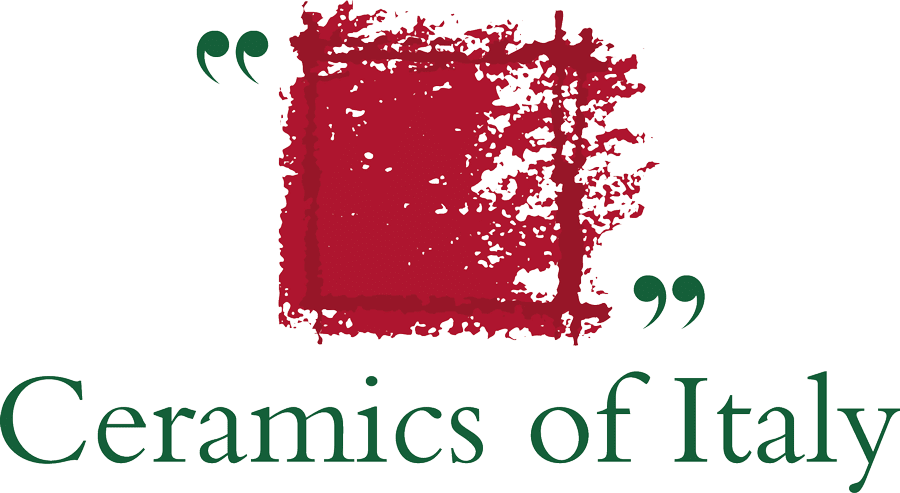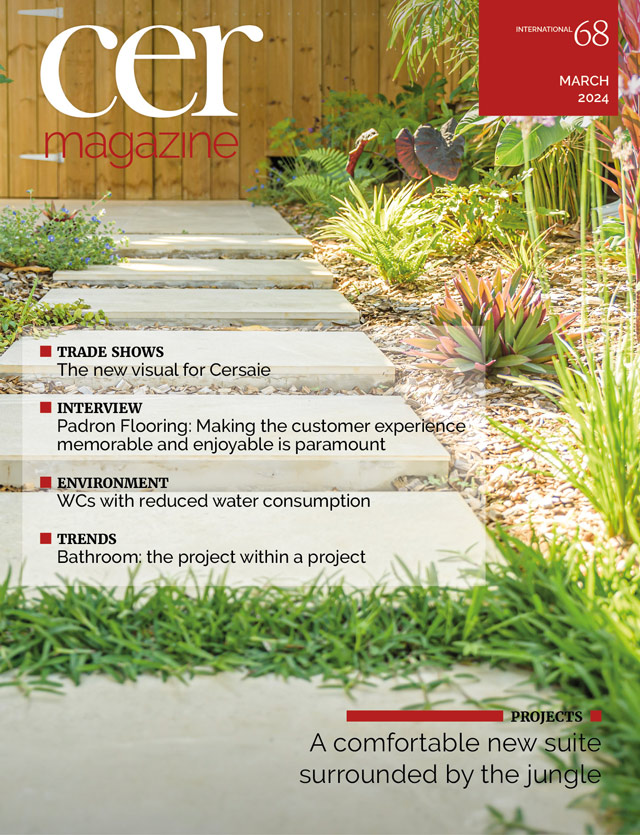What is LEED certification?
LEED (Leadership in Energy and Environmental Design) is a voluntary building certification system developed in the United States by the non-profit organisation Green Building Council USA. Today, LEED is adopted in more than 140 countries worldwide, including Italy. This certification evaluates the sustainability of residential and commercial buildings on the basis of aspects such as the environmental impact of building materials, energy and water efficiency, and indoor health.
How LEED is applied
A building qualifies for LEED certification if it earns at least 40 points out of a maximum of 110. The sum of the points grants access to one of the four LEED sustainability levels:
- Certified: from 40 to 49 points
- Silver: from 50 to 59 points
- Gold: from 60 to 79 points
- Platinum: 80+ points.
There are 8 categories:
- Location and transportation
- Sustainable sites
- Water efficiency
- Energy and atmosphere
- Material and resources
- Indoor environmental quality
- Innovation
- Regional priority
These categories do not have a uniform weighting and account for different percentages of the final score. Greater emphasis is given to energy (around 30%), indoor environmental quality and location and transportation (14%), and material and resources (12%).
Italian ceramic tiles and LEED credits
Italian ceramic tiles have technical qualities that help a building achieve a high LEED score. They are free of harmful substances, they do not release VOCs and they help to counteract the heat island effect. As a result, they guarantee excellent air quality and enhance human well-being.




 Architects
Architects
 Construction firms
Construction firms
 Dealers
Dealers
 Installers
Installers


